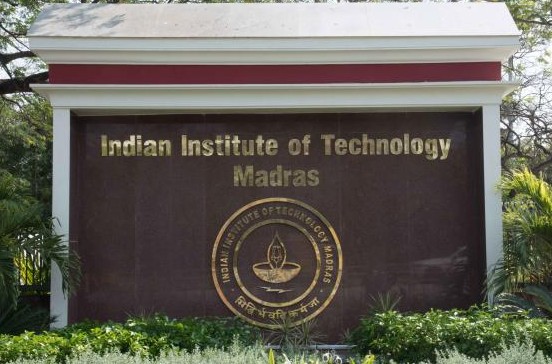The Indian Institute of Technology (IIT) Madras has retained its position as India’s top higher education institution in the government’s National Institutional Ranking Framework (NIRF) 2025, marking its seventh straight year at the top in the overall category.
Education Minister Dharmendra Pradhan
released the 10th edition of the rankings on Thursday. IISc Bengaluru has been ranked as the best university, followed by Jawaharlal Nehru University (JNU), New Delhi, and Manipal Academy of Higher Education at second and third positions, respectively.
Hindu College, Delhi, retained its top rank in the colleges category, while Miranda House and Hansraj College secured the second and third spots.
IIT Madras also topped the engineering category, followed by IIT Delhi and IIT Bombay. IIM Ahmedabad emerged as the country’s best management institute, while Jamia Hamdard, New Delhi, secured the first position in the pharmacy category. In the field of medical education, AIIMS New Delhi retained its position as the best medical college in India.
Speaking on the occasion, Pradhan said the NIRF 2025 rankings highlight the strength of India’s institutions and the promise of its students, adding that the framework has become a national benchmark.
He noted that NEP 2020 laid a roadmap for developing higher education institutions, with NIRF emerging as a trusted pillar in making Bharat a knowledge superpower. Pradhan expressed confidence that the framework would evolve with more data-driven approaches, ranking parameters and wider institutional participation.
The Education Minister underlined that India is poised for a quantum leap, echoing the Prime Minister’s call for a Viksit and Atmanirbhar Bharat by 2047. Academic institutions, he said, are central to this journey, and must lead in driving Samriddhi, innovation, and entrepreneurship while aspiring to global recognition.
This year’s rankings assessed institutions across 17 categories, using parameters such as teaching, research, graduation outcomes, inclusivity and perception.
Institutions were ranked on five key parameters: teaching, learning and resources; research and professional practice; graduation outcomes; outreach and inclusivity; and perception.
The NIRF was first introduced in 2015 by the Ministry of Human Resource Development (now Ministry of Education) to provide a transparent framework for evaluating higher education institutions across the country.










